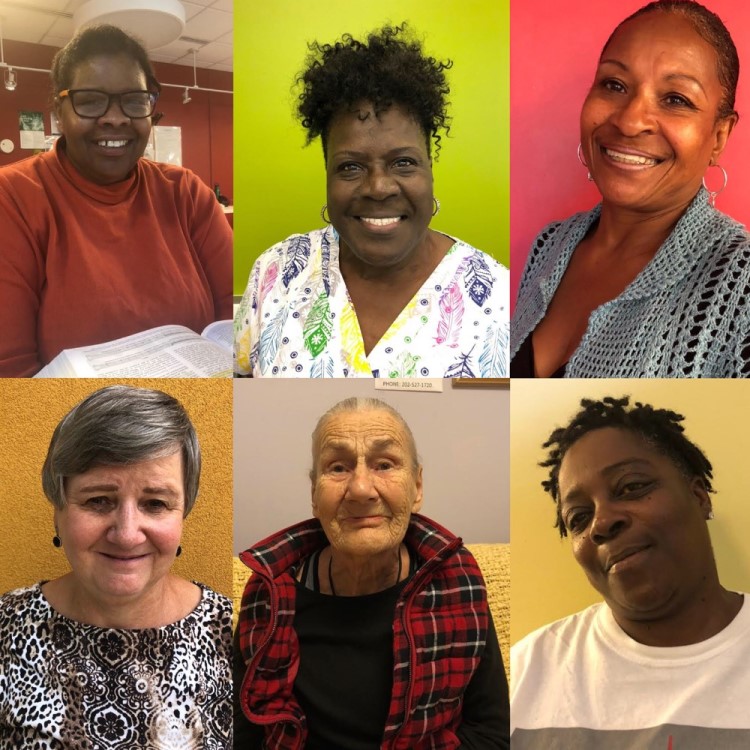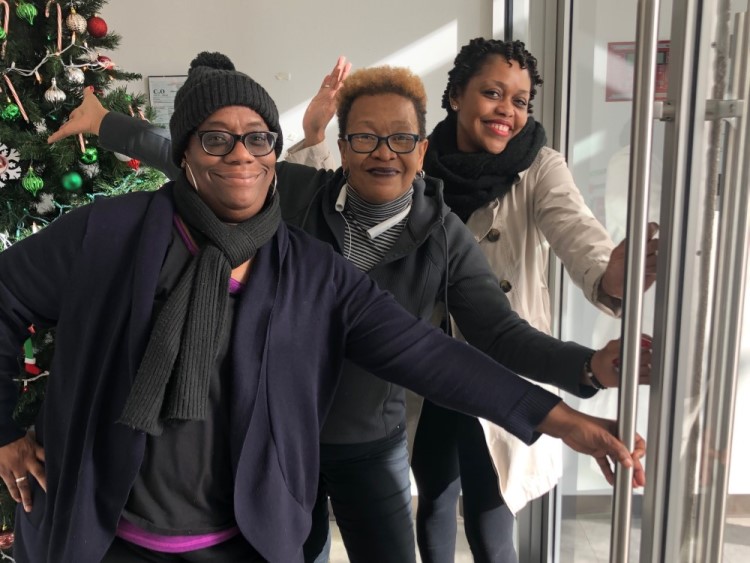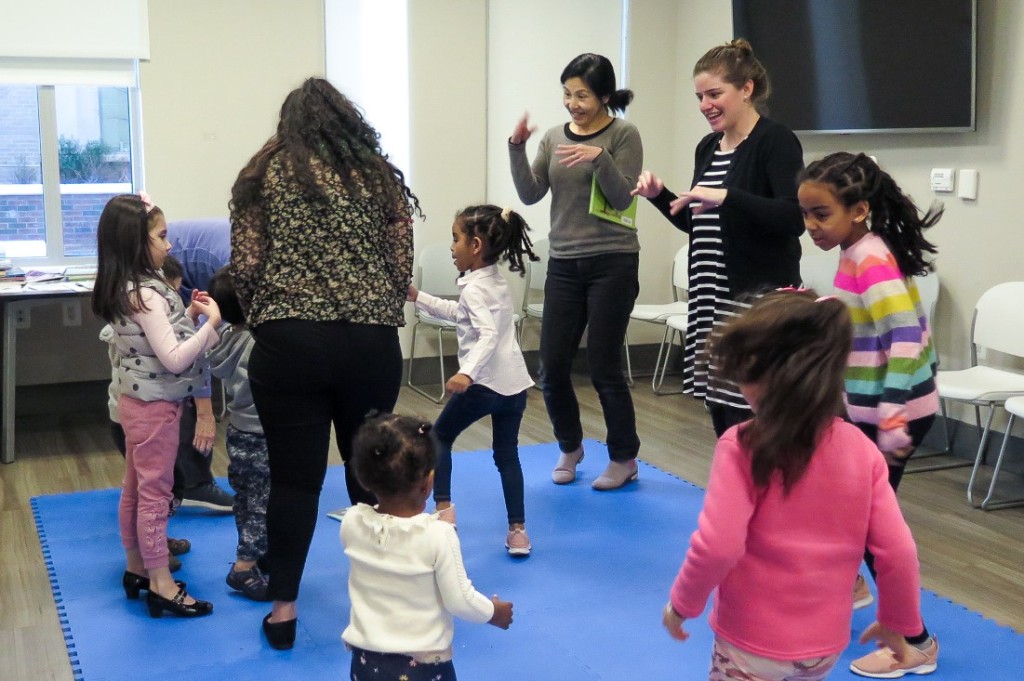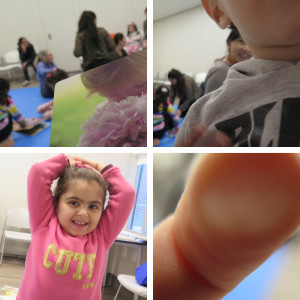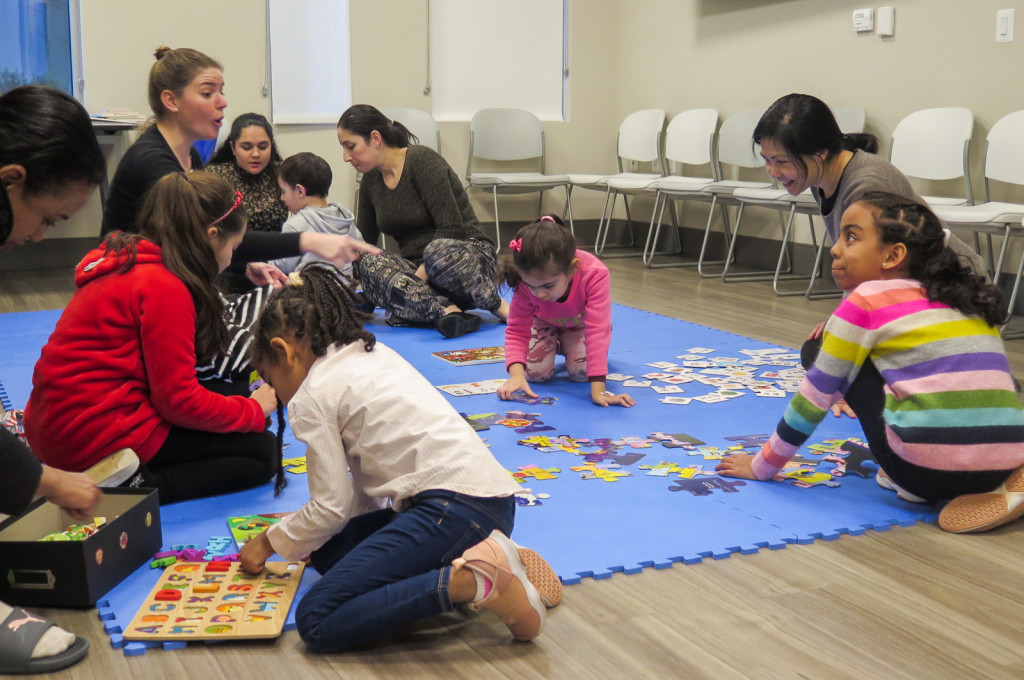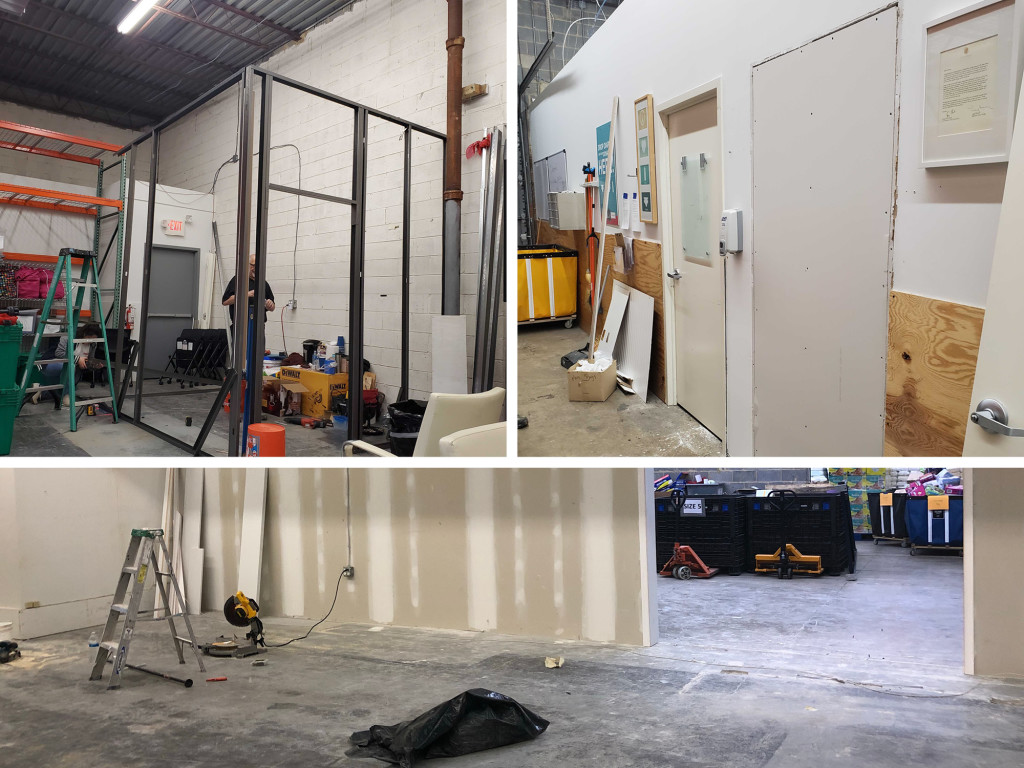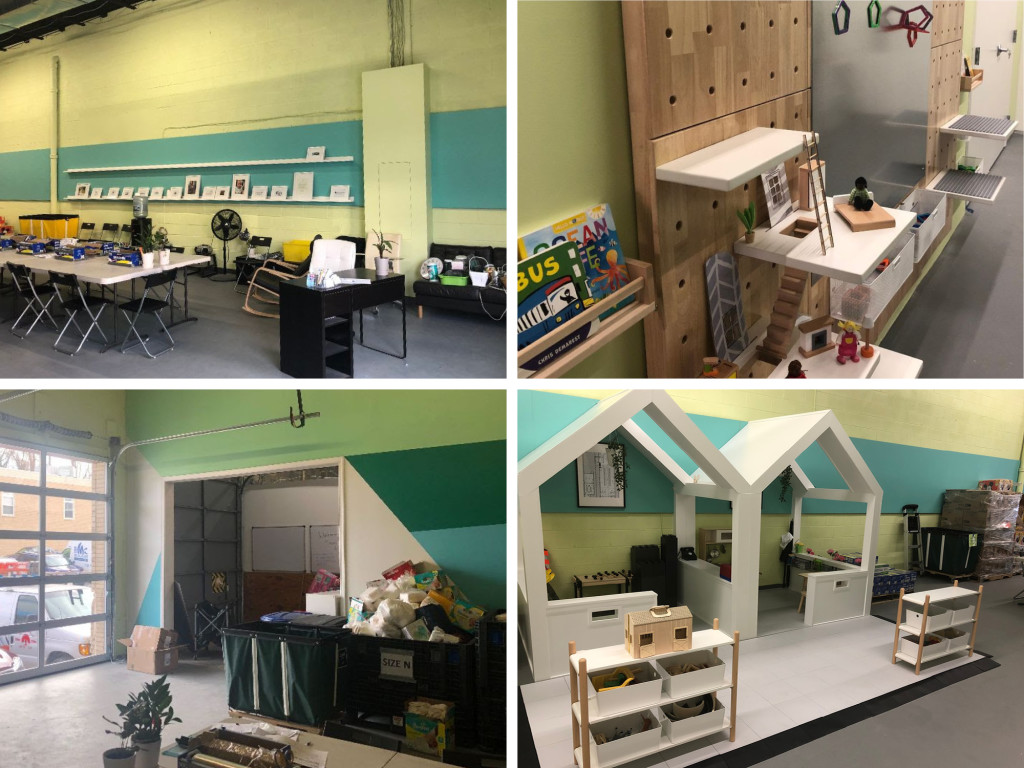Written by Moira McLaughlin, Development Associate at New Endeavors by Women
We are a nation that loves success as defined by a well-paying job, a nice house and a white picket fence. The people who become the best at their craft are our national heroes. We write story after story about them. We quote them. We elevate them. We tell our kids to be like them. And when they die we mourn their deaths deeply.
We are a nation that places a high value on these people, these lives, these stories.
It’s hard to know how many homeless people die in the United States each year. (That in and of itself is telling.) But the National Coalition of the Homeless estimates it’s at least 13,000. That’s 13,000 lives unmourned, 13,000 stories untold, 13,000 mothers, daughters, sisters, friends.That’s 13,000 fellow humans.
Walking down North Capital Street recently, I was saddened to witness a couple step over a man sprawled out on the sidewalk. They didn’t look at him. They didn’t stop their conversation. They kept walking. For them, it seems, his was a life unvalued.
At New Endeavors by Women (NEW), we serve some of the most vulnerable women in the city. They come to us having suffered enormously from abuse, addiction, and mental and physical illness. They need housing, food, clothing and a new sense of self-worth. We house them and provide them with individually tailored one-on-one case management. The goal is for the women to achieve stability and confidence that will propel them onto a new, healthy path.
The more-than-3,000 women who have come to New Endeavors since 1989 are survivors. Their stories are heart-breaking. From the get-go, some women hardly stand a chance: addicted parents, abusive boyfriends, foster care after foster care. And yet they make it to our door with an incredible strength to keep going. We here at NEW know that each woman’s life is as valuable as anyone’s, and we work to build her up so that she’ll realize that too.
Success looks different here at NEW. Success is first, a woman walking through our door. Success is building trust. Success is regular meetings with a case manager. Success is therapy. Success is taking one minute at a time to get to a healthier place. Success is building confidence and feeling valued as a human, in the immediate community and beyond.
I met D. a couple years ago, when I first started working here at NEW. She was a loyal participant in NEW’s Walking Club, where we talked about jazz musicians, her love of sunflowers, and her grandson. She had this awesome raspiness to her voice that years of smoking had afforded, and she hummed as she walked. She was saving money. She had a part time job. She was well-liked among the women. Little by little, she was succeeding. A part of her story was also one about addiction. And she struggled with it. But that part of her story doesn’t negate the other parts of her story. That part of her story doesn’t define her and it certainly doesn’t make her life less valuable.
D. died riding on the Metro last spring. She left behind a sister, a daughter, grandchildren and a boyfriend. Many of her friends from NEW spoke at her funeral about her smile, about her frustrations, about her life.
At NEW, we know that every life holds value: the heroes and the homeless, the successful and the struggling, the powerful and the powerless. It’s a message we try to live and infuse into our community. But it’s hard for many people, with a confined definition of success, to understand.
D. and the 13,000 homeless who die in the United States every year are heroes. Not for their talent, money or fame, but because they are community members, they are survivors, and they are human. Isn’t that enough?

